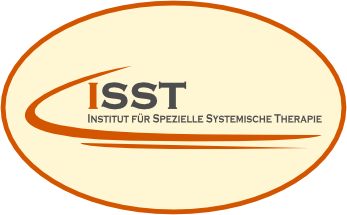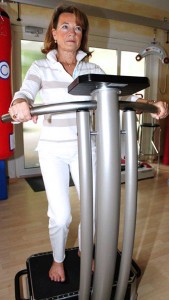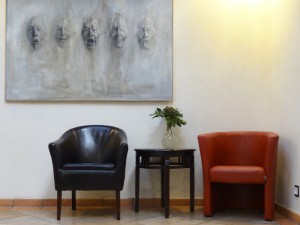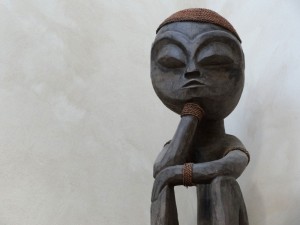Persons who have motor disturbances can begin complex motor coordination through SDS, supporting their reactivation. Depending on the movement frequency, especially in the alpha wave spectrum (8-13 Hz), the condition of relaxed alertness can be manually induced, ordering concentration processes, which gradually support sensitive movement perception. In the prone position, position and motion as well as body perception over visual controls are experienced and learned.
Spinal Dynamic Surfing
SDS (Berndsen/Berndsen)
The SDS therapy functions by exposing a water-filled, motion-sensitive lying surface to ultrasound. The surface of the lying area is made of a special very thin and soft membrane. The filling of water has a constant temperature of 32°C. The complete water element lies on four large loud speakers, which are fixed to the frame, insonifying the SDS system with ultrasound. High frequency spectra are used primarily for insonification and are carried by water molecules. The specially developed sounds (AMK) are augmented with custom designed sound spectra.
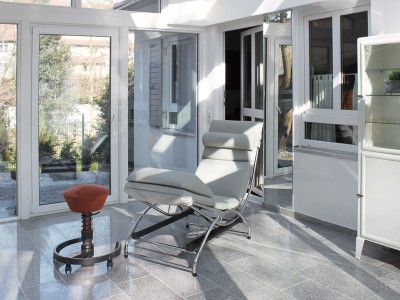 The water-filled covering conforms to the contacting body parts evenly and comfortably. Body motions are matched to the relaxing water movement, which move in wave and spiral formations. Body coordination and perception are subconsciously active similar to a meditative condition. Through the improvement of body sensitivity, the ability to coordinate routine movements increases.
The water-filled covering conforms to the contacting body parts evenly and comfortably. Body motions are matched to the relaxing water movement, which move in wave and spiral formations. Body coordination and perception are subconsciously active similar to a meditative condition. Through the improvement of body sensitivity, the ability to coordinate routine movements increases.
A further impulse is set by way of varying and custom matched sound spectra (compare “AkuPaedie with Sounds,” AMK from Berndsen/Berndsen). Because the membrane of the water element is in direct contact with the loud speaker, the ultrasound waves are directed through the water and relayed to the body. The acoustic stimuli initiate physical and psychological influences on hearing in which the skin, tissue, bones and ears receive the information. Through receptors, sensory actions, fine muscle contractions and brain activity are stimulated, improving assimilation of information.
In the second phase of the SDS therapy, a “Sensoliege” is used to place the body into a concave position. The Sensoliege is balanced, so that respiration alone causes it to move. Breathing rhythm and body movement are brought into harmony and the goal of the SDS therapy is strengthened.
„With SDS, I have again for the first time felt and seen that my whole body can move. After my accident four years ago, I could no longer feel any movement from hips to toes.”
Citation of a paralyzed young woman
Application of SDS Therapy for the Activation of the Following Functions
- Relaxation
- Perception
- Training of motion skills
- Body perception
- Control of motion
- Concentration
- Brain activity
- Balance
